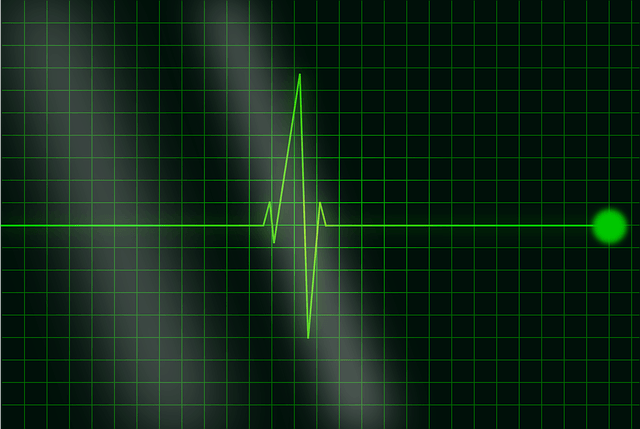Hill-Rom announced the U.S. Department of Defense (DoD) has granted Conditional Authority to Operate (ATO-C) its Welch AllynConnex monitoring systems (Connex Spot Monitor and Connex Vital Signs Monitor), Connex vital signs connectivity solutions, and the ELI 380 resting ECG (electrocardiograph) device.

Image: Hill-Rom devices earns U.S. Department of Defense authority to operate. Photo: Courtesy of Clker-Free-Vector-Images/Pixabay.
The DoD authorization allows these Hill-Rom vital signs monitoring systems and resting ECG devices to be connected to DoD healthcare system networks in the U.S. and internationally.
Earning this distinction requires that each device meet or exceed the DoD’s stringent cybersecurity prevention thresholds and incorporates measures to help minimize the risk of a cyber-attack, a requirement of the DoD’s Risk Management Framework.
“Advancing connected care means providing the data security healthcare organizations require, along with workflow efficiencies that improve patient care and outcomes,” said John Groetelaars, president and CEO of Hill-Rom. “Our Connex monitoring systems, connectivity solutions and the ELI 380 device meet these needs for caregivers and patients within highly secure U.S. military installations.”
As connectivity increases across healthcare systems, networks and medical devices, data becomes more vulnerable to access by unauthorized users. To help minimize this risk, Hill-Rom’s DoD ATO-C approved solutions:
Limit device access to only authenticated users,
Provide secure transfer of information from a device to electronic medical records via data encryption; and
Password-protect network and device setting information to help prevent inappropriate exposure or modification.
The Connex Spot Monitor and the Connex Vital Signs Monitor are the first low-acuity vital signs monitors to receive DoD ATO-C approval. Additional features of these monitors include easy-to-use, vivid touchscreen displays for accurate vital signs measurement, including blood pressure averaging, spot checking, interval monitoring, continuous monitoring and early warning scoring across patient populations. Both systems include wireless connectivity to deliver vital information to clinicians where and when they need it.
The ELI 380 Resting ECG can decrease the time required to perform an ECG, while increasing the accuracy and security of the data acquired. This device’s touchscreen makes navigation easy from any angle and allows exams to be performed without leaving the patient’s side.
Source: Company Press Release
